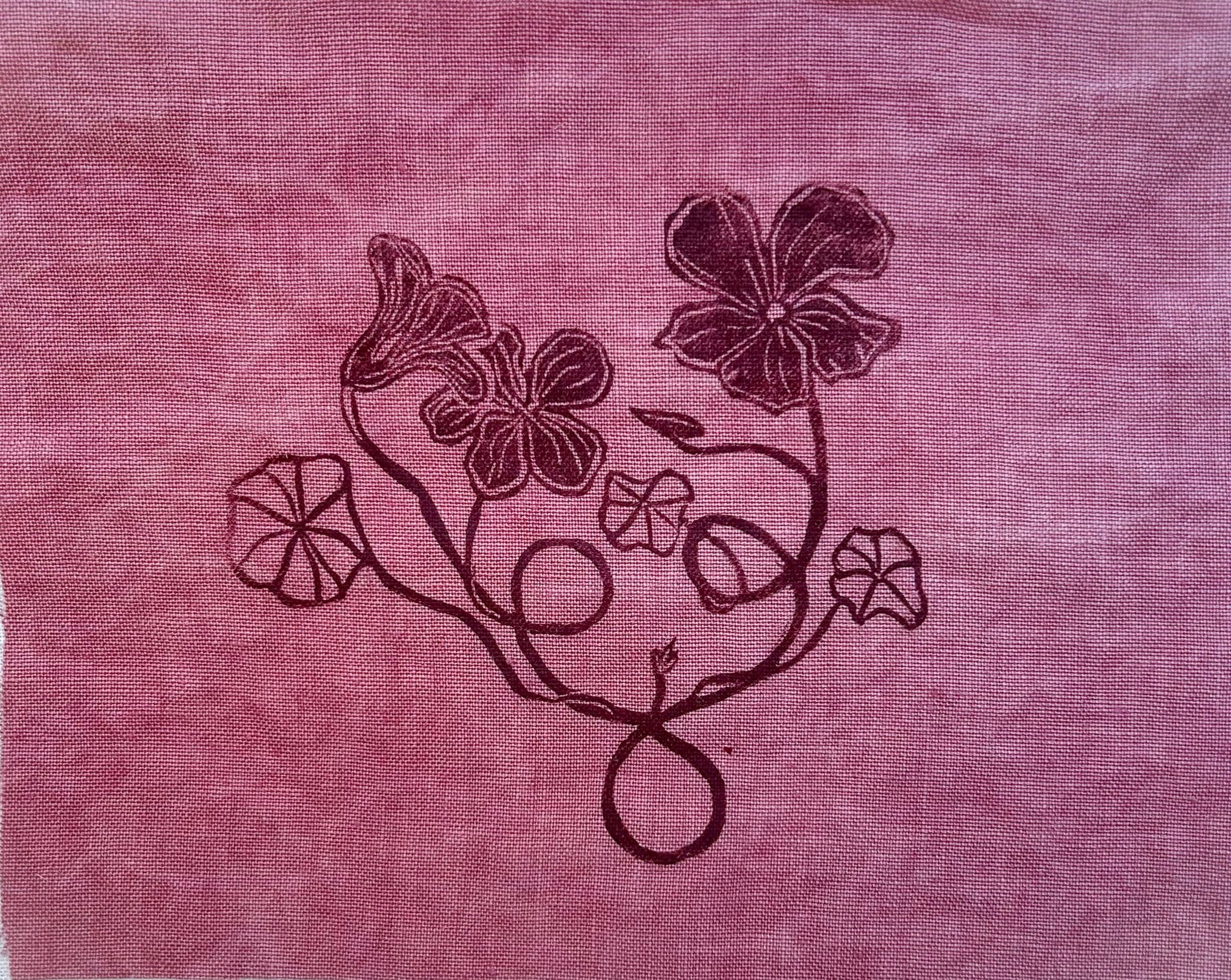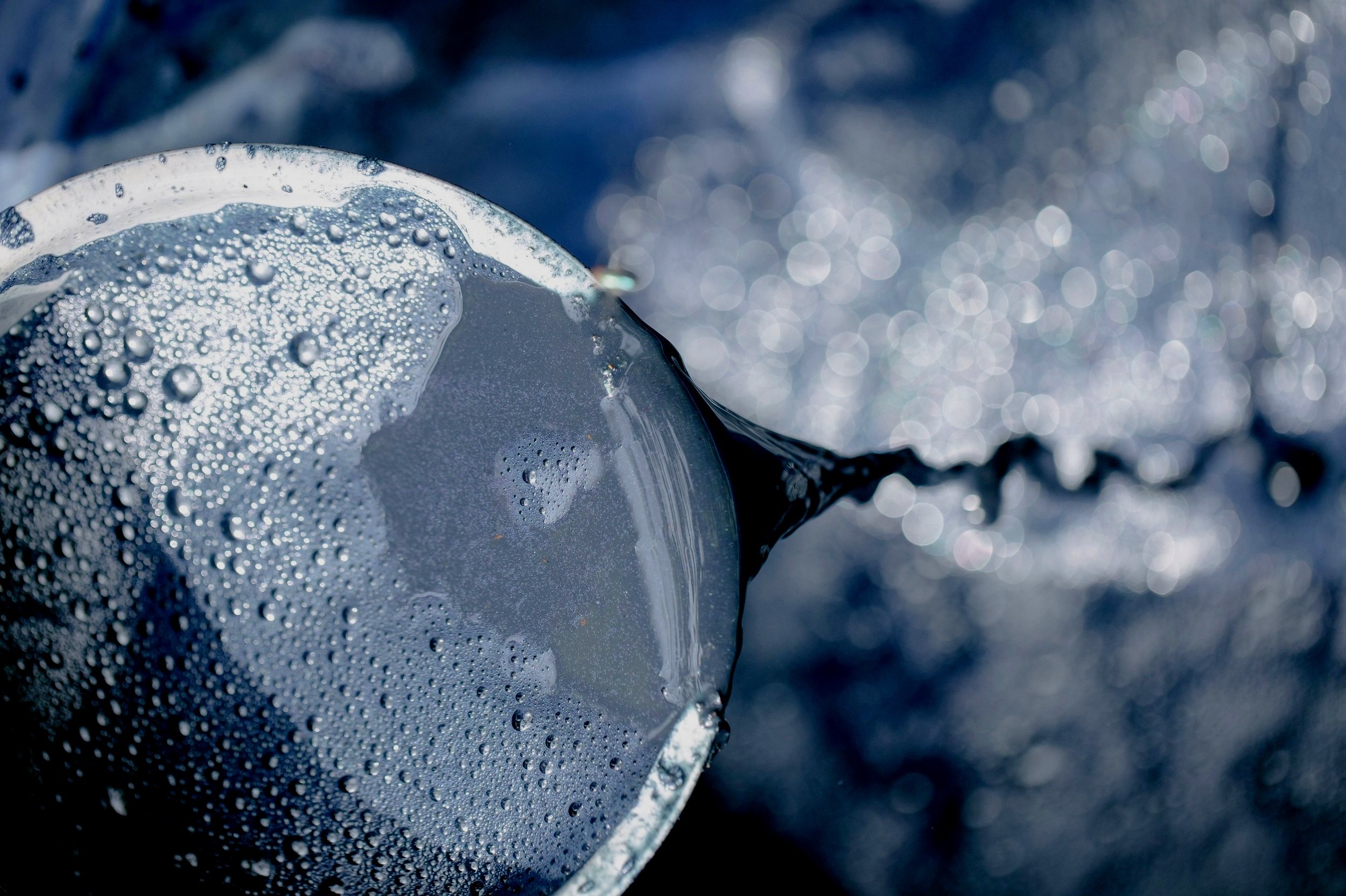-

Patches
All patches are 100% Irish linen, unless stated otherwise. This material is sourced from twenty2 Wallpaper + Textiles, located in Bantam, CT where they digitally print textiles. As a way to avoid the end of large bolts and off cuts going to waste, I’ve partnered with them to take any of their scrap material that can be naturally dyed.
-

Packaging
All of our mailers are from EcoEnclose. We use their padded mailers, paper apparel mailers and rigid mailers- all made from 100% recycled paper. They are all curbside recyclable and biodegradable! So please make sure these get recycled.
Bubble wrap, tissue paper + brown paper are all secondhand packaging from items I receive or are given to me by friends. Please reuse + recycle whatever you can from your package!
Our tags are made from blank scrap wallpaper from twenty2 wallpaper + textiles. I use this paper to test out a new block print design.
-
Secondhand Garments
All the pieces of clothing for sale have been passed down to me from friends + family, sourced from thrift stores or picked from my own closet. These are all natural fibers such as; linen, cotton, silk, hemp, wool + bamboo, because natural dye only works on these materials.
My goal was to divert secondhand items from landfills as 85% of clothing ends up there. More often than not- a damaged item at Goodwill ends up in landfills. With your purchase you are helping this mission!
-

Buttons
A big part of the up cycling process is getting rid of buttons that are broken or missing. I use mother of pearl, abalone, glass or wooden buttons as I feel these will stand the test of time. All of our buttons are from a vintage reseller who has a huge stock from an old button factory in the US.

—
Color sourced from the Earth
—
Natural Dyes
All the dyes utilized for patches and clothes come from mother earth. Each item’s color and visual texture may vary slightly in reflection of the natural materials used in the dye process. Natural dyes are biodegradable, non-toxic + non-allergenic.
Cutch:
This creates shades of rich reddish brown and burnt orange. It is sourced from the Acacia tree by soaking the bark in hot water to create a rich syrupy dye. This has been used in Indian textiles since ancient times.
Walnut:
This is a common source of brown dye throughout North America. Walnut hulls were used to dye hair, make inks and clothing and are also used in herbal medicine.
Indigo:
This is from the leaves of the indigo plant called Indigofera tinctoria. It is one of the oldest dyes known to humankind. It is also the only natural blue. Indigo was used to dye shrouds for Egyptian burials, uniforms for Napoleon’s Army and has also been used to dye prestige cloth for African chiefs and denim for blue jeans.
Saxon Blue:
This creates a shade range of teal, aqua and cyan blue. This is made from natural indigo converted with a strong acid to mimic an acid-type dye. Indigo is a plant that grows wild in most tropical regions of the world. The leaves of the plant are what is used for the dye. Saxon Blue was first invented in France in 1740 as a way to not have to use a vat when dyeing with indigo.
Himalayan Rhubarb:
This creates a range of bright golden yellow to warm brown. The dye is sourced from the roots of a plant that grows in the Himalayas. This has been used for thousands of years by the people in this area of the world.
Weld:
This is the most lightfast yellow dye. Ancient tapestry weavers in Central Asia, Turkey + Europe used this dye. It creates the brightest yellow + combined with other dyes, creates beautiful shades of green. We use very fine grade of weld extract that is also certified for organic textile processing in compliance with the Global Organic Textile Standard (GOTS).
Madder:
This creates a beautiful coral/red/raspberry color. The red comes from the root of the plant. Historically, this is one of the oldest natural dyes used- dating back to 1500 BC in Central Asia + the Middle East.
Logwood:
This creates a shade range of rich purples. It is sourced from the logwood trees that grow in Central America and the Caribbean. Although originally the tree grew in the Yucatan region of Mexico. This was one of the most sought after natural dyes throughout history. Spain and England went to war over regions where this lush tree grew.
Lac:
This comes from a scale insect known from antiquity throughout India, Southeast Asia, Nepal and China. The deep red colorant is extracted from a hard resinous crude shellac before it can be successfully used as a dye. So the resin is known as shellac. It is used for lacquer and in addition as a protective covering for wood. Lac dye was used to color silk and dye leather and was mentioned as early as 250 AD.
Wash Care for Natural Dye + Block Prints
All of the natural dyes I use have been properly mordanted (fixed) to the fabric, so the colors will not run. That being said, here are some ways to ensure your clothes + patches stay as vibrant as possible.
Natural dye is sensitive to PH and acidity. Be sure to use a PH neutral laundry detergent when washing your items. My favorites are Dr. Brommer’s Unscented Pure Castile Soap + Charlie’s Soap Laundry Powder.
Wash with like colors on cold. And then hang dry.
Avoid drying in direct sunlight as this will fade the natural dye.
Wash your items less often! Washing your clothes after wearing them once is a myth- unless you ran a marathon in them or it’s the middle of summer in the south. I tend to wash my clothes after 5 or so wears, depending on the item (this rule does not apply to underwear). This will ensure the vibrance of the dyes stay, help avoid water waste and save on your electric bill!
The planet thanks you for all of these steps you’re taking to be friendly to it.

